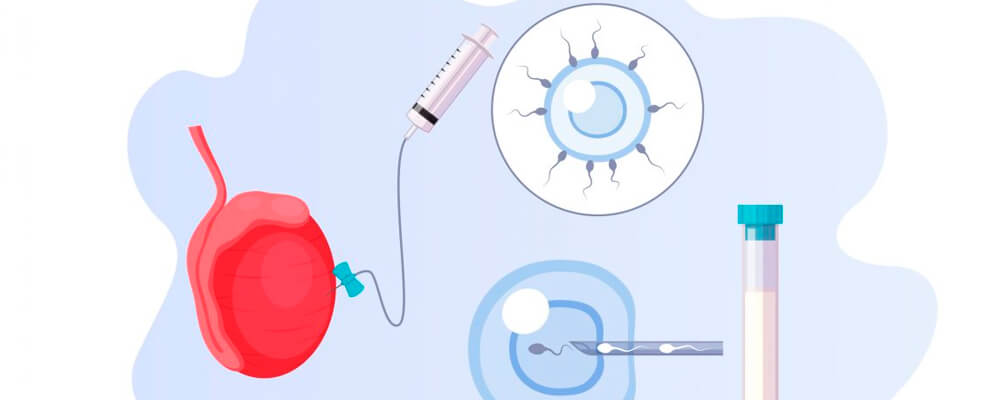(TESE) / Mikro TESE

What is Micro TESE?
TESE is a surgical procedure carried out by an Urologist. The acquired sample which is taken from the testis is tissue samples and is then passed to the laboratory for examination, the embryologists will determine whether the sample is a viable sperm sample.
The problem with azoosperm (no sperm found in a semen sample) means there is no viable sperm for the ICSI so a TESE procedure may be performed to see if a viable sperm sample can be found in the testis.
The difference between micro-TESE and TESE is that the micro-TESE process is performed under the microscope. The urologist may distinguish sperm production more easily and centers called tubules by magnification under the microscope. In this way, both the chance of finding sperm will be increased and the amount of tissue in the smaller amount will be removed and the damage to the remaining testicle tissue will be minimized.
How is the TESE Procedure Carried Out?
The procedure is performed under general anaesthesia. The testis is cut to obtain a tissue sample. It is a short-term procedure and does not require hospitalisation after the procedure. You are treated as an outpatient.
The obtained during the TESE procedure are assessed by the embryologist under a microscope and if necessary, they are subjected to additional treatments to assess whether the tissue is a viable sperm sample. There are high sperm retrieval rates with a TESE, except in some cases where large fragmentations (Y microdeletions) and sertoli cell only occur, in some Y chromosomes where sperm production is not or seriously affected.
What Are The Risks Of a TESE?
TESE is a reliable surgical procedure, and there is no serious risks associated with the procedure. Depending on the surgery, however, the following conditions can be observed:
- Ache
- Bleeding
- Bruising in the testis
- Blood accumulation, swelling (hematoma) within the testicles
- Intense weakness of the testicles due to excessive number of TESE procedures, especially in inappropriate conditions
- Can the TESE process be done more than once?
The urologist may perform the TESE procedure more than once according to the examination and laboratory results. The recommended waiting period between the two TESEs is usually 6 months.
Does TESE Have Alternative Sperm Retrieval Techniques?
Sperm can be found normally in the testicles unless there is a problem with sperm production because of problems you are born with or due to later problems in life that affect the semen.
TESA (Testicular Sperm Aspiration)
Sperm retrieval procedure with needle to test.
PESA (Percutaneous Epididymal Sperm Aspiration)
Sperm retrieval operation with a needle from a sperm carrier channel called epididymis.
TESA and PESA methods require fewer surgical interventions than TESE. Post-processing stitches etc.
Our centre has been successfully implementing the TESE / TESA / PESA procedure for patients who are in need of this procedure, our urologist who is experienced in IVF and also works on site at the Kolan British Hospital.
QUICK APPOINTMENT
OUR TREATMENTS
- Share




